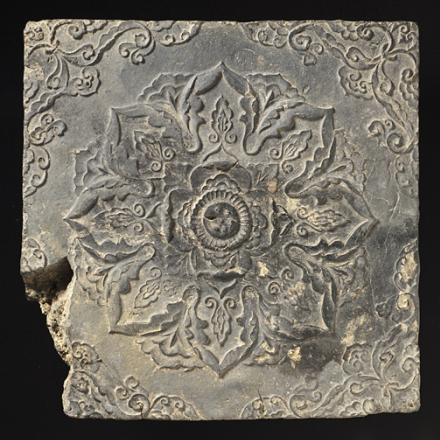The Lotus Blossom ideation tool is one of the most popular in the toolkit, and it’s also one of the simplest. This is a great way to help a team quickly come up with a large quantity of high quality ideas, in a format that is structured, binned, and categorized. A complete Lotus Blossom, with all the petals filled in, can be a really useful artifact for the team to refer to as the work progresses.
But don’t let the simplicity of the tool fool you. There are some subtle nuances and non-obvious applications & implications hidden in this tool, and it can be a challenging one to use well. Let’s take a closer look at some common patterns and missteps.
When a team is filling out a Lotus Blossom I often notice that one blossom has a lot of blank petals while another is fully populated or even overstuffed with more than eight. As a facilitator I like to direct the team’s attention to the blank blossom and encourage them to explore that idea in more depth. Is there a reason we’re not filling that one out? Is it a good reason?
I might also point out that if we’re focusing (and overfilling) on one blossom, that might indicate a high level of interest in that area so it’s worth pursuing, maybe even using it as the core for a whole new Lotus Blossom canvas. Alternatively, all those ideas might indicate a high level of comfort & familiarity with that topic. Maybe we’re only filling it in so completely because it’s easy to do so. If that’s the case, perhaps we should move on and do the more challenging work of exploring less familiar ground. Either course of action is fine – the trick is to be deliberate in our decision to either pursue it or pivot.
Another thing to watch for is the phrase “I have this idea but I’m not sure where to put it in the Lotus Blossom.” Now, the point of this tool is to develop ideas that are connected to each other. If the team is just coming up with random unconnected ideas that genuinely don’t fit into any of the petals or blossoms, they are just brainstorming and not really using the Lotus Blossom tool. In that case, I try to redirect them towards the empty petals and blossoms that do have labels, encouraging them to build on these ideas by getting more specific and granular.
But sometimes the phrase “I’m not sure where to put this” means you’ve come up with an idea that genuinely fits in multiple places. If that’s the case, it’s possible you discovered a relationship between the ideas that is not currently reflected in the Lotus Blossom layout. At this point you may want to rearrange and combine the related ideas into a single blossom. This is easier to do with a digital canvas than it is on paper, of course.
Another strategy for the “not sure where to put it” situation is to label one of the blossoms OTHER and put all the random stuff there. It’s not optimal, but this strategy can serve as a useful parking lot or holding place for ideas that may find a more connected home later.

